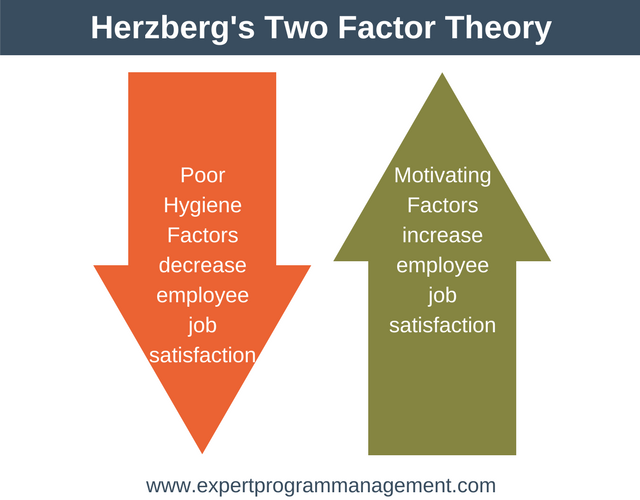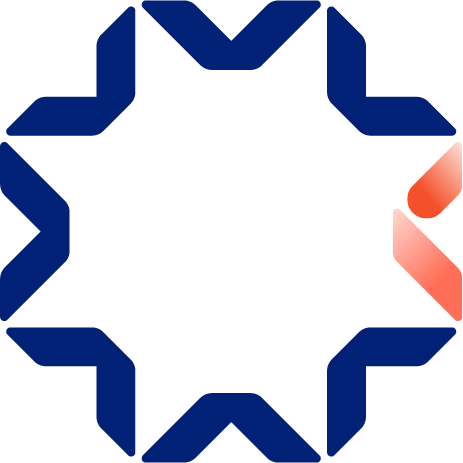During COVID the constraints of commuting and fixed working hours suddenly vanished. Staff experienced freedom to manage their work flexibly while benefitting from free time from not commuting. It’s no wonder staff are reluctant to return to the ‘old ways’ of pre-COVID, with what are now seen as rigid structures, controls and constraints. Returning to the ‘old normal’ is at best a missed opportunity, at worst the harbinger of a motivation and productivity catastrophe.
1. Home work means no commuting
While debate rages about the productivity of homework (addressed in the next chapter), let’s take a step back and look at the other huge bonus of homeworking = no commute. This ‘unpaid’ commuting time suddenly was at the employee’s disposition to use as they pleased. Having this extra time in the day allowed employees to focus on their work when they were working, rather than trying to juggle making doctor’s appointments and calls to the crèche at the same time as writing a report. Stresswise, there was no tension-increasing commute to start the day.
LESSON ONE : Taking the ‘free’ time enjoyed by not commuting from employees and forcing them to come to the office every day, especially if it doesn’t seem necessary, will feel like a penalty to staff and impact their motivation.
2. Measuring productivity of homework
Many employers have surveyed staff working at home about whether they ‘feel’ more productive at home or at the office. But is a ‘feeling’ a real measure? Considering most staff are engaged in knowledge work (as opposed to manual work), quality is more important than quantity (Liefer, cited in Davies, 2005). The client, as the ultimate measurer of quality, is the only one who can confirm if the quality meets or exceeds their expectations.
LESSON TWO : Ask your clients about the quality of work produced by staff during confinement. From this, draw conclusions about the productivity of staff while home working.
3. Location, location, location
Separate studies conducted by Harvard and MIT identify distraction as the biggest threat to employee concentration (Gensler, 2008). This is particularly fundamental when considered in the context of knowledge work, which according to research by Gensler (2008), requires quiet concentration 59% of the time. The home office provides for many a haven where quiet concentrated work can take place with significantly less interuption. Conversely, for collaboration, the office is ideal.
Allowing staff to choose the environment the best suited to the work that needs to be done, otherwise known as activity based working, leads to higher quality outputs.
LESSON THREE : Identify staff activities and then the ideal place for them to be undertaken is obvious. This will generate the ideal ‘blended home/office solution’ for each type of staff. And, if productivity is important, then not all activities will be undertaken in the office.
4. The office and optimal productivity
Oseland (cited in Haynes et al, 2000) identifies an increase of 5% and 15% in individual productivity when working environments are optimised. Kaplan and Aranoff (1996) agree stating that the work environment directly affects both the quality and the quantity of work they are able to produce.
A workplace that felt safe, comfortable and productive pre-COVID, is unlikely to generate the same outputs post COVID. Not to mention that staff have been working in quiet isolation at home, therefore the office may feel noisy and difficult to concentrate in.
Some organisations have embraced the new normal as a challenge and are adapting workplaces to this new reality, with the objective of making staff feel safe and to support their productivity. In many organisations however, there is an inertia. This is driven partially by the hope that nothing has really changed and partially by fear of investment when the future is uncertain.
LESSON FOUR : the pre-COVID workplace is unlikely to be the post-COVID workplace. There is no one solution for the modifications for the workplace, but there are many guidelines issued by reputed organisations such as the RICS and UK Government that provide useful checklists on what to consider changing.
Proven motivation theory, as old as the hills

According to renowned management theorist Hertzberg, the are two opposing factors that impact staff motivation (1959); acting as demotivators and motivators. The demotivators are called ‘hygiene factors’, and include the working environment along with salary, supervision, and company policy (for example on homeworking and travel). If hygiene factors are not met, staff are demotivated.
The second group of factors, the motivators, are recognition, achievement and responsibility.
This 60 year old theory is more relevant then ever in terms of COVID and the new normal. Not allowing homeworking, an adapted mobility policy, or adapting the workplace will demotivate. Add to that the sudden removal of freedom for staff to manage their own time and the path is set for a motivation train crash.
Grasp the opportunity
The result of forced homeworking during COVID is that staff have been largely motivated and felt empowered. Taking all this away puts motivation, productivity and eventually staff retention is at stake.
A sensitive approach to bringing staff back to the office, such as we see being taken by many organisations developing blended home and office work strategies in close collaboration with staff, is the key to productivity in the ‘new normal’.
Rachel Stillwell is a consultant with a background in workplace, mobility and project management. Her MBA thesis in 2009 was on the impact of workplace on business performance. Rachel is the owner and director of Cadence8.ch
References:
Davies, H., (2005), Productivity and the Knowledge Worker, QUT Research Week 2005, Conference Proceedings, Edited by A.C. Sidwell, 4-5 July 2005, Brisbane, Australia
Gensler, (2008), 2008 Workplace survey, www.gensler.com
Haynes, B., Matzdorf, F., Nunnington, N., Ogunmakin, C., Pinder, J., Price, I., (2000), Does Property Benefit Occupiers? An evaluation of the Literature, Occupier.org, Report 1, Facilities Management Centre, Sheffield Hallam University
Kaplan, A., and Aranoff, S., (1996), Productivity Paradox: Work settings for Knowledge Work, Facilities, Vol. 14, No.3/4, March/April, pp6-14


